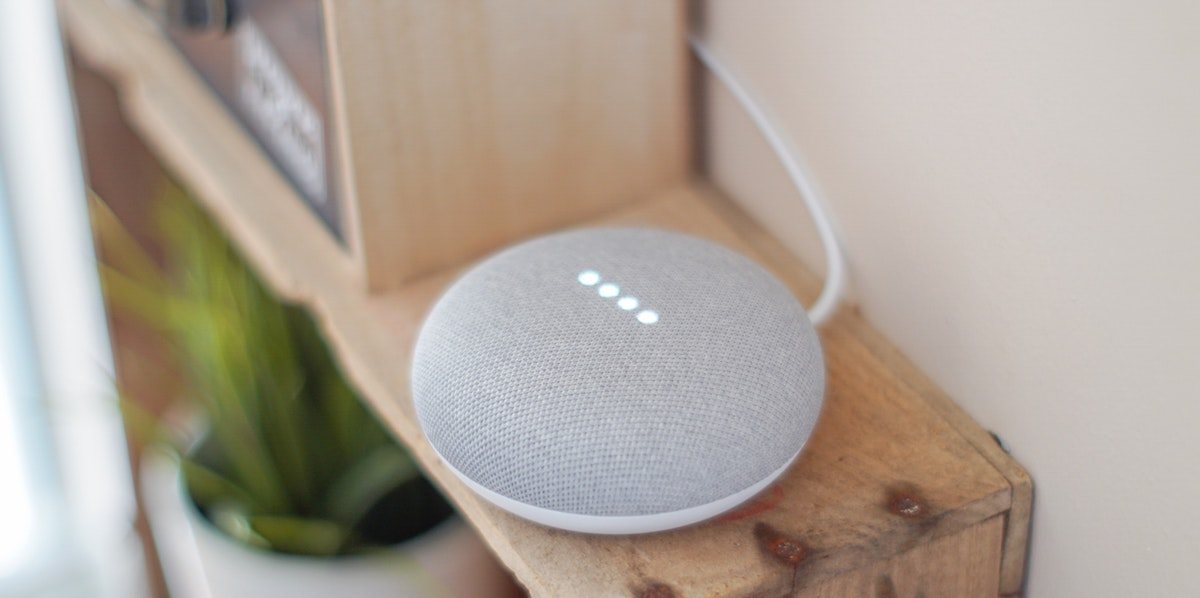iDevices Connected News
Here's what we've been up to at iDevices...
How smart home tech is reshaping accessibility

There are over 40 million Americans living at home with at least one disability, according to U.S. Census data, meaning almost 13 percent of the country's population. The Americans with Disabilities Act, signed into law in July 1990, defines a person with a disability as “a person who has a physical or mental impairment that substantially limits one or more major life activity.”
Often, a disability can create accessibility limitations inside and outside the home. Even minor tasks, like controlling the lights or making a phone call, can be a strain for certain individuals. Technological advances in recent years have thoroughly helped to reshape accessibility and mobility for those of us living with disabilities. While some consider smart technology to be confined to watches and phones, there are a variety of products that can aid in improving accessibility.
Reducing necessary movement
For individuals living with a movement-impairing disability, the act of getting from point A to point B can often be an unwelcome challenge. One of the primary ways smart technology helps in movement isn’t as a physical aid, but rather in helping to reduce the travel needed to complete chores and tasks around the house.
Calling out to a smart speaker equipped with a voice assistant allows you to set timers and alarm systems, start a phone call, control the lights and thermostat, and complete many other small tasks to help remove a bit of the strain.
Going mobile
Smart technology isn’t restricted to voice, either. If getting up or navigating certain areas of your home isn't feasible, app control via a mobile device can assist with lighting, temperature, and a variety of other use-cases that apply to daily life. Cameras and sensors, for example, can give you a heads up if someone is at the front door without having to get up. Smart locks allow you to unlock your door from a mobile device. Mobility is reshaped for the better by small installations such as motion-sensing doorbells that ring upon detecting someone nearby rather than needing to be pushed.
The removal of just one physically intensive task can help improve mobility and accessibility, and remove the risk of accident and injury that comes with the strain of trying to complete these tasks.
Moving for you
There are certain tasks that simply can’t be done by a voice command, app, or motion sensor, such as the actual act of being mobile. Stairs, for example, prove a hardy challenge that can be difficult to overcome. Mobile staircases and ascending chairs attached to the staircase are helping to remove this obstacle, allowing full-home mobility and accessibility for any guest or inhabitant. When it comes time to leaving the house, the future is rapidly approaching with self-driving cars. These are already being tested heavily by several companies. While many think of self-driving cars as a fun gadget of the future, the reality is that they provide a massive amount of mobility for those that live with a physical disability.
The changing culture of accessibility-minded technology is helping to ensure mobility both in and out of the home. With smart technology leading the charge, there’s no telling where the innovation will end. The addition of smart technology has worked over the last few years to open the world up to everyone, and it shows no sign of stopping anytime soon.



